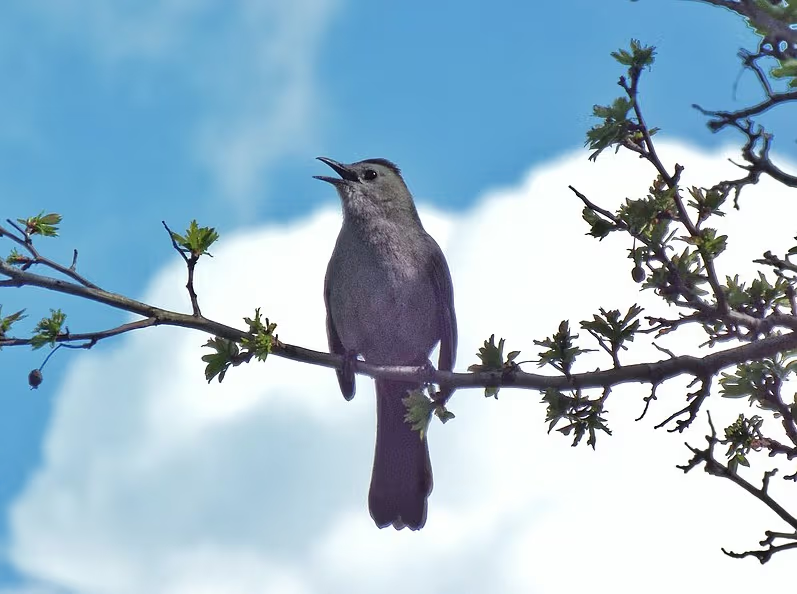Poem of the Day: ‘Extinction of Silence’
Today the American classicist, translator, and poet A.E. Stallings officially becomes the 47th Oxford Professor of Poetry.

Today the American classicist, translator, and poet A.E. Stallings (b. 1968) officially becomes the 47th Oxford Professor of Poetry. This academic appointment, established in 1708, has been occupied by Matthew Arnold (1822–1888), whose famous “Dover Beach” appeared here recently — along with Cecil Day-Lewis (1904–1972), W.H. Auden (1907–1973), Seamus Heaney (1939–2013), and Geoffrey Hill (1932–2016), not to mention the less-remembered father-son pair, Thomas Warton the Elder (1688–1745) and the Younger (1728–1790), who held the post in its earliest days. Stallings follows the British poet Alice Oswald (b. 1966), the first woman to fulfill the appointment, whose term ended in the spring.
As you can see in “Another Lullaby for Insomniacs,” a Stallings poem we ran here in The New York Sun this past winter, her bent as a poet resembles that of Robert Frost in many ways. Among Frost’s gifts, in addition to a preternatural facility for classical meters, was a talent for making something subtle, complex, and intricately constructed appear natural, even simple: the sort of thing any of us might have thought of, except that we didn’t.
Witness Frost’s impeccable hendecasyllabics in “For Once, Then, Something,” which appeared as Poem of the Day last September — those hendecasyllabics which sound effortless, even offhand, as he describes a simple compulsion, to look down into wells to see what’s at the bottom. Witness, too, how that boyish compulsion becomes a figure for the chanciness of human perception, a question about what is real and what isn’t and how much we can trust ourselves to know the difference.
Stallings’s “Extinction of Silence,” which we offer today in celebration of her installation at Oxford, shares with Frost’s poem the same qualities of subtle complexity and unassuming largeness of vision. On the level of form, it’s a sonnet that shies from outing itself obviously as a sonnet. Its three abba quatrains are broken into seemingly unrhymed pentameter couplets. Only the closing couplet clicks shut on an exact rhyme.
The effect of this division of quatrains is to let in more white space — more, in fact, of what the poem is about, more of what is supposedly extinct, although how do we know? We can’t prove a negative. We can’t record the song of silence. We can’t report what’s “not seen, not heard.” Of course, these failures of our conscious striving, all these blanks and unknowns, are nothing if not silences.
A login link has been sent to
Enter your email to read this article.
Get 2 free articles when you subscribe.
